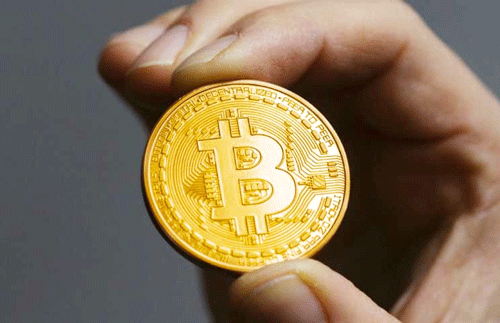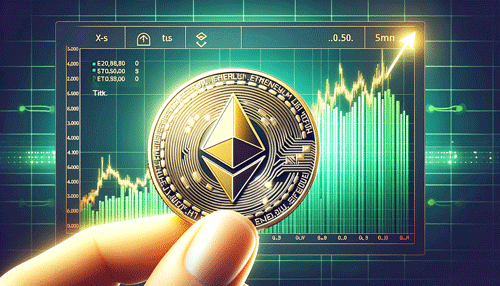Cryptocurrency is a type of digital or virtual currency that uses cryptography for security and operates independently of a central bank. Unlike traditional currencies, which are issued and regulated by governments, cryptocurrencies rely on decentralized control through blockchain technology. This technology allows cryptocurrencies to function as a medium of exchange, a store of value, and in some cases, a unit of account. Bitcoin, created in 2009, was the first decentralized cryptocurrency and remains the most widely known and valuable. Other popular cryptocurrencies include Ethereum, Ripple (XRP), Litecoin, and many others. Cryptocurrencies are often traded on online platforms and can be used for various purposes, including online purchases, investment, and remittances.

Bitcoin is the first and most well-known cryptocurrency, created in 2009 by an unknown person or group of people using the pseudonym Satoshi Nakamoto. It operates on a decentralized network called blockchain, which is a distributed ledger that records all transactions across a network of computers.
Bitcoin is often referred to as digital gold due to its finite supply and the fact that it can be a store of value. Unlike traditional currencies, which are issued by governments or central banks, Bitcoin is decentralized and operates independently of any single authority. This decentralization is achieved through a consensus mechanism called proof of work, where miners use computational power to validate transactions and secure the network.
One of the key features of Bitcoin is its limited supply. There will only ever be 21 million bitcoins in existence, which makes it a deflationary asset. This scarcity is one of the factors that has contributed to its value over time.
Bitcoin can be used for various purposes, including online transactions, remittances, and investment. Its price is determined by supply and demand dynamics in the market, and it has experienced significant price volatility since its inception. Despite this volatility, Bitcoin has gained widespread adoption and is considered a pioneering cryptocurrency in the broader blockchain and digital asset space.
Bitcoin’s price has skyrocketed as it’s become a household name. In May 2016, you could buy one Bitcoin for about $500. As of Jan. 23, 2024, a single Bitcoin’s price was around $38,709. That’s a growth of 7,642%.

Ethereum is a decentralized platform that enables developers to build and deploy smart contracts and decentralized applications (DApps). It was proposed by Vitalik Buterin in late 2013 and development was crowdfunded in 2014, with the network going live on July 30, 2015.
Ether (ETH) is the native cryptocurrency of the Ethereum platform. It is used to compensate participants who perform computations and validate transactions on the network. Ether can also be used as a digital currency, similar to Bitcoin, and is traded on various cryptocurrency exchanges.
One of the key innovations of Ethereum is its ability to support smart contracts. Smart contracts are self-executing contracts with the terms of the agreement between buyer and seller directly written into code. They automatically enforce and execute the terms of the contract when certain conditions are met, without the need for intermediaries.
Ethereum has gained significant attention for its potential to enable a wide range of decentralized applications across industries such as finance, gaming, supply chain management, and more. Its flexible and programmable nature has made it a popular platform for developers looking to build blockchain-based applications. Additionally, Ethereum has undergone several upgrades to improve scalability, security, and functionality, with the goal of becoming a more efficient and robust platform for decentralized applications.
Ethereum has also experienced tremendous growth. From April 2016 to the end of January 2024, its price went from about $11 to around $2,189, increasing 19,800%.

Solana is a high-performance blockchain platform designed for decentralized applications (dApps) and crypto-currencies. It aims to provide fast, secure, and scalable infrastructure for developers to build decentralized applications and crypto-currency projects.
One of the key features of Solana is its high throughput, achieved through its unique consensus mechanism called Proof of History (PoH) combined with Proof of Stake (PoS). PoH helps to order transactions before they are processed, which enables parallel transaction processing, leading to high throughput and low latency. This design allows Solana to handle a large number of transactions per second (TPS) with minimal fees.
Solana also focuses on scalability, aiming to support a growing ecosystem of decentralized applications without compromising on performance. Its architecture is designed to scale with network demand, allowing for increased capacity as the network grows.
The platform is known for its developer-friendly environment, with support for programming languages like Rust and C. This makes it accessible to a wide range of developers looking to build on Solana.
Overall, Solana aims to address the scalability and performance challenges faced by many blockchain platforms, with the goal of becoming a leading infrastructure for decentralized applications and crypto-currencies.
When it launched in 2020, SOL’s price started at $0.77. By late January 2024, its price was around $80.66, a gain of 10,376%.